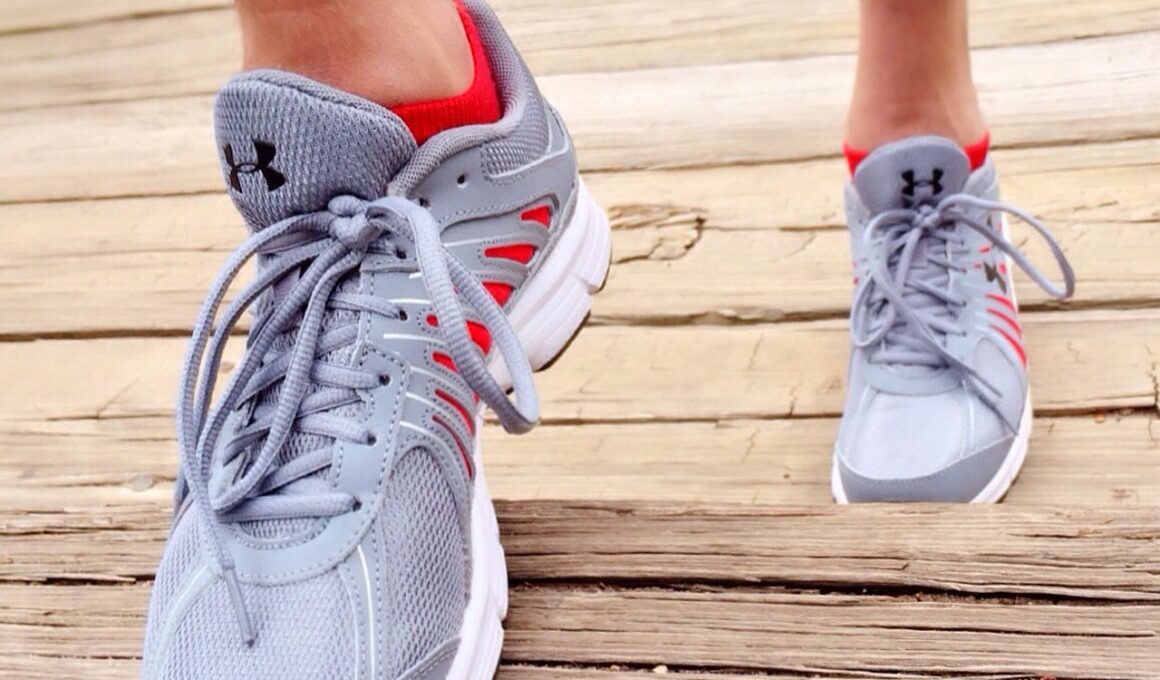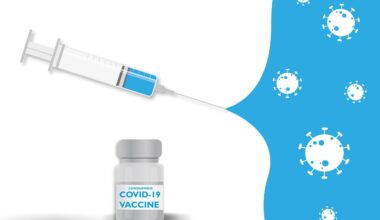The Science Behind Active Recovery in Running
Active recovery is an essential aspect of a runner’s training regimen that often gets overlooked. While high-intensity workouts and long runs are crucial to building endurance and strength, the importance of recovery cannot be overstated. Active recovery refers to low-intensity exercise following a demanding workout. It helps to promote blood flow, reduce lactic acid buildup, and aid muscle repair. This method can include activities like walking, light cycling, or gentle jogging. Incorporating active recovery into a training program allows runners to bounce back quicker, enabling them to put in consistent efforts without the risk of injury. Studies suggest that active recovery periods can improve performance on subsequent workout days. Moreover, the physiological processes activated during active recovery are beneficial for reducing muscle soreness. By engaging in lighter activities, muscles stay engaged yet recover efficiently, preventing stiffness. Ultimately, active recovery is all about finding balance; too much intensity can result in overtraining, while too little can hinder progress. Therefore, adopting active recovery strategies is vital for anyone serious about improving their running performance and maintaining overall health, leading to a thriving athletic lifestyle.
To implement an effective active recovery plan, runner should consider the timing and type of activities suited to their fitness level. A good rule of thumb is to choose moderate activities that don’t put additional strain on the body. Some popular options for active recovery include stretching, yoga, and swimming, all of which promote relaxation while improving flexibility and endurance. Engaging in these activities on rest days or after intensive workouts can facilitate recovery and help runners avoid potential injuries. To maximize the benefits, it’s essential to monitor individual responses to different recovery techniques. Listening to the body can guide adjustments for optimal recovery outcomes. It’s also recommended to utilize foam rollers or massage tools for targeted muscle relief post-run. Consistency is key: scheduling regular active recovery sessions can lead to significant improvements in performance over time. As such, runners need to view recovery not as rest but as a critical component of their training strategy. As runners learn to integrate these techniques into their routines consistently, they’re likely to experience enhanced performance and overall wellness.
Physiological Effects of Active Recovery
Active recovery offers significant physiological benefits that greatly influence both short-term recovery and long-term performance. One of the key effects of active recovery is enhanced circulation. This increased blood flow helps in the quicker removal of toxins and metabolic waste products accumulated during intense workouts. The improved delivery of oxygen and nutrients to the muscles promotes a faster healing process, accelerating muscle repair and growth. Additionally, light activities can help maintain metabolic rates, keeping the muscles engaged without the high demand associated with a typical training session. Research indicates that active recovery can also improve the body’s ability to regulate temperature and maintain hydration levels, which are vital during prolonged exertion. By facilitating these biological processes, active recovery can help stave off fatigue while boosting endurance capacities. Moreover, this technique also supports mental recovery, allowing runners to consolidate their training achievements psychologically. The combination of physiological and psychological benefits makes active recovery an indispensable tool for runners at all levels, aiding their long-term athletic longevity and well-being.
Incorporating active recovery days into a weekly routine contributes significantly to a balanced training plan. It ensures that runners maintain the necessary workload while allowing their bodies to recover adequately. For example, a common practice is to follow heavy training days with lighter, more enjoyable activities. This can be particularly useful after hard runs or intense strength training sessions. Examples include going for a leisurely hike or participating in a stretching class. Understanding when to incorporate these sessions is crucial. Runners should aim to schedule these recovery days strategically within their weekly training cycle to allow muscles to heal and adapt. Regularly engaging in active recovery can prevent burnout and keep motivation levels high. Furthermore, allowing the body to recover properly supports physical adaptations critical to improving running economy and performance. By recognizing the value of recovery, runners can achieve sustainable progress, helping to increase their overall fitness and resilience in the face of physical demands. Consequently, active recovery is not merely an adjunct to training but an integral part of achieving peak performance.
The Role of Hydration in Active Recovery
Hydration plays a pivotal role in the recovery process, especially in active recovery scenarios. During and after intense training sessions, the body loses fluids through sweat, which can lead to dehydration if not appropriately managed. Proper hydration levels improve muscle function and efficiency, supporting all physiological processes vital to recovery. For runners, ensuring adequate fluid intake is crucial, as dehydrated muscles are more prone to cramping and fatigue. Post-exercise hydration should not solely focus on water; incorporating electrolyte-rich drinks can aid in replenishing lost minerals, further enhancing recovery. Consider drinks that contain sodium and potassium to recover effectively from prolonged physical activity. While water is essential, runners should be mindful of their individual hydration needs, which can vary based on intensity and duration of exercise, climate, or individual sweat rates. Therefore, developing a hydration strategy should be seen as a critical aspect of an active recovery plan. Maintaining optimal hydration levels supports better performance in subsequent workouts and contributes to overall health and fitness.
Also, nutrition plays an equally vital role in supporting active recovery efforts. Consuming the right nutrients post-exercise can enhance recovery, reduce soreness, and facilitate muscle repair. A balanced intake of protein, carbohydrates, and healthy fats is necessary to fuel recovery processes. Runners might consider incorporating lean protein sources such as chicken, fish, or plant-based options to support muscle synthesis effectively. Additionally, carbohydrates provide the necessary energy to replenish glycogen stores depleted during intense workouts. Consuming a combination of protein and carbs within two hours post-exercise will help maximize recovery and facilitate muscle repair. Healthy fats, found in sources like avocados and nuts, also contribute to overall well-being. Nutrition should be viewed not just as fuel but as an integral element of recovery. When runners focus on nutritious meals, they enhance their training outcomes while promoting recovery and health. Overall, understanding the connection between nutrition and recovery is essential for runners aiming for long-term success in their athletic journey.
Conclusion
In summary, embracing active recovery is essential for runners looking to enhance their performance sustainably. It allows the body to recuperate while maintaining engagement, ultimately preventing injuries and overtraining. Runners can increase overall efficiency through proper active recovery techniques, aiding muscle repair and promoting physiological balance. Incorporating low-intensity workouts, hydration strategies, and nutrition plans aims to create a holistic approach toward recovery. Moreover, respecting the recovery process helps runners understand their limits, fostering a mindful approach toward training. Ultimately, active recovery is not merely an alternative to rest but a strategic method of enhancing performance while prioritizing athletes’ well-being. Through such an understanding, runners can ensure longevity in their career while continuously striving for improvement. Thus, implementing these techniques can lead to significant advancements in running performance, allowing athletes to achieve their goals in a sustainable manner. As runners adopt active recovery principles, they will find themselves elevating not only their training capacity but also their overall quality of life through this balanced approach.
The science behind the importance of recovery emphasizes how vital it is for every runner to prioritize these elements in their training program. Through a comprehensive approach, runners can optimize their journey toward peak performance while ensuring that their health continues to be of utmost importance. Recovery methods, both active and passive, play a foundational role in fostering an effective way to train responsibly, ensuring the longevity of athletes. In this journey, patience and commitment yield the best results, enabling runners to fulfill their goals while distributing their energy wisely. Hence, understanding and implementing these recovery strategies can significantly bolster their running experience, leading to a fulfilling athletic journey.


